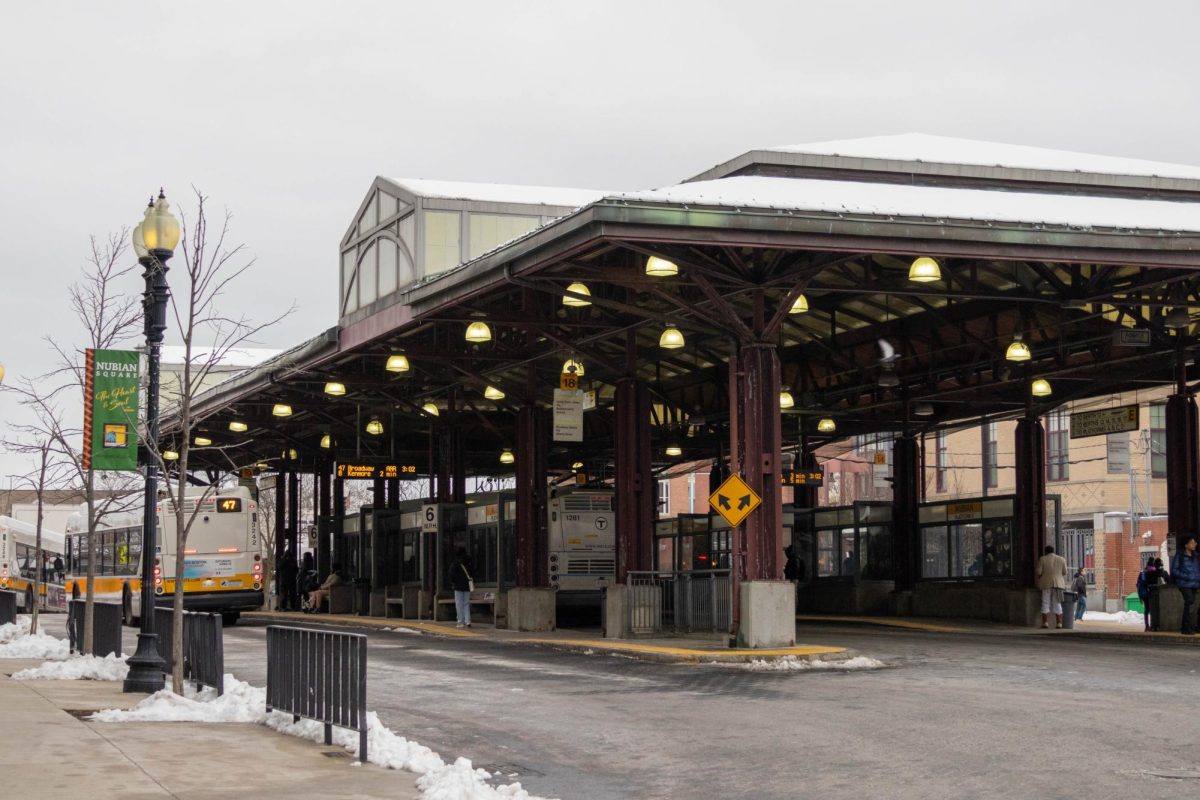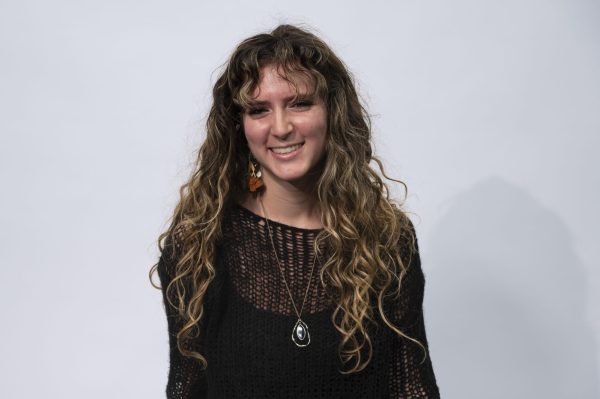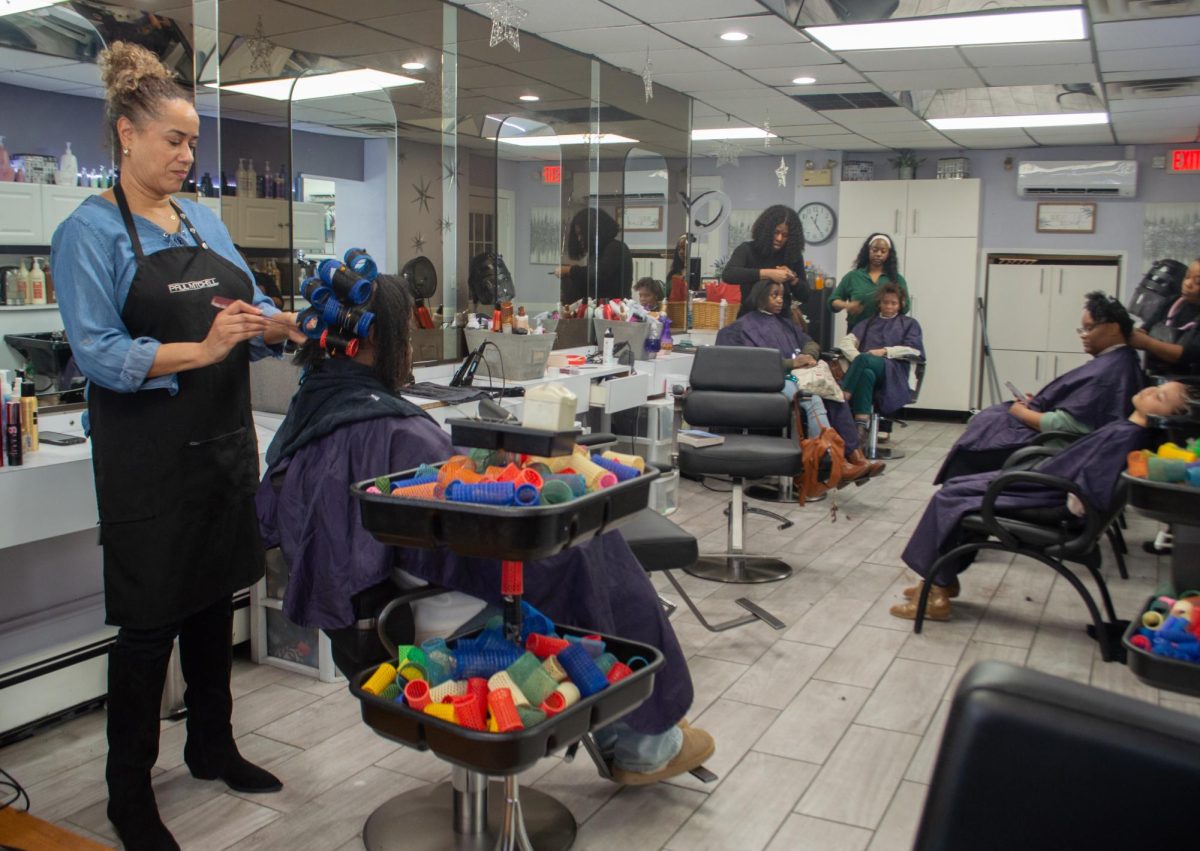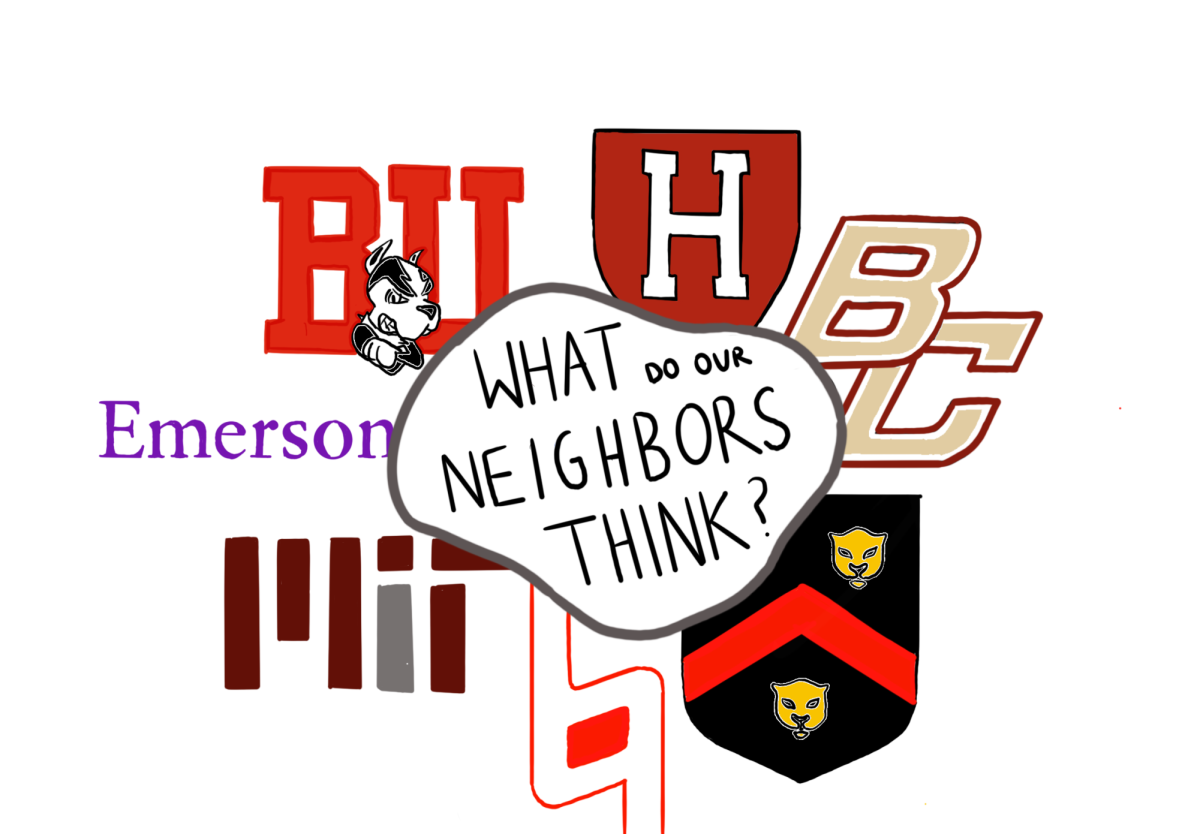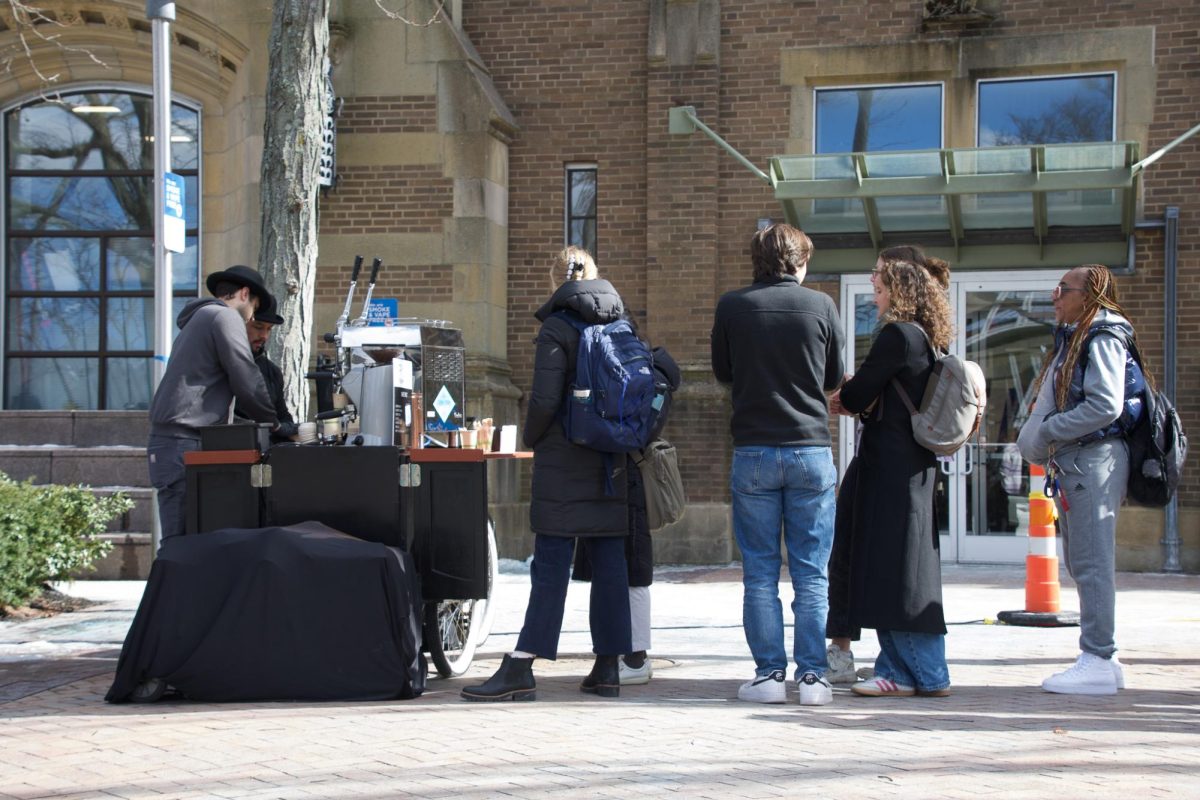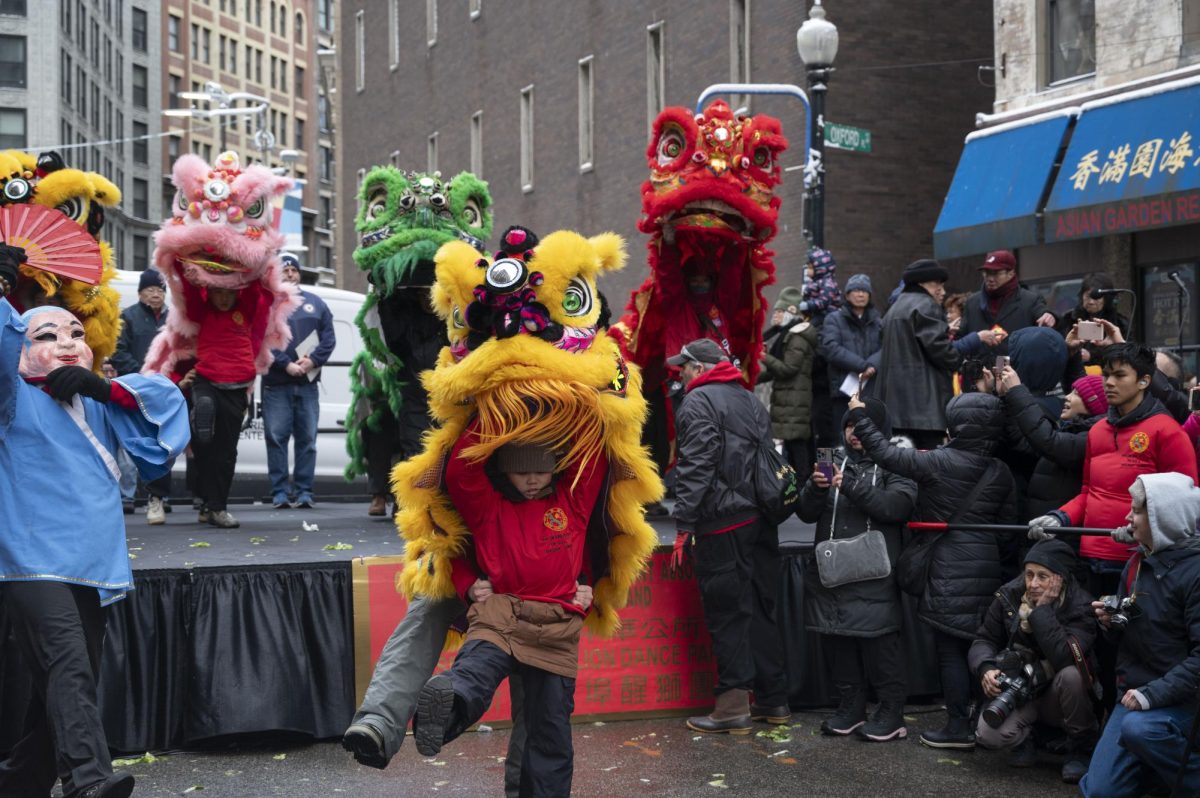Living in Roxbury for a week has the same health implications as smoking roughly 5 1/4 cigarettes.
Toxic air pollutants have plagued Roxbury for at least a decade, according to collected Environmental Protection Agency, or EPA, air emissions data.
Air toxics are airborne substances that have eerily similar effects to cigarettes when inhaled, causing serious health problems like fatal lung disease and cancer. Using an air quality index calculator, the real-world equivalent of these pollutants’ damage is revealed.
A low-income and ethnically diverse community, Roxbury has developed into a mass transportation hub and an archetype of poor air quality in Boston. This past year, the EPA reported environmental justice concerns in every tested sector in Roxbury. The neighborhood scores in the 90th percentile, or worse, on several EPA measures of air toxicity, including cancer risk, respiratory hazard and proximity to hazardous waste. This puts Roxbury in the top 10% of environmental justice concerns for both the state of Massachusetts and the entire U.S. Other neighborhoods in the area, like Brookline, display no pressing environmental justice concerns.
“When a lot of people think about air quality, they tend to think about respiratory conditions, but it’s also important to recognize that some of these air toxics also contain cancer-causing ingredients,” said Laura Senier, a Northeastern University associate professor of sociology and health science and undergraduate program director of sociology and anthropology. “It can lead to a whole variety of adverse health endpoints for a population.”
Roxbury residents are inhaling toxins that slowly deteriorate their health with each breath. This is especially true for vulnerable populations like children and elderly adults as poor air quality incites high rates of asthma, difficulty breathing and other lung problems. Long-term exposure raises the risks of heart disease and cancer, according to the American Lung Association.
“Childhood asthma rates are unparalleled in Roxbury compared to the rest of Boston,” said Orla Molloy, a fourth-year environmental studies and political science major and co-chair of the Student Sustainability Committee at Northeastern. “There is a graveyard with a couple of children who had died from asthma as a result of direct pollution from Nubian station.”
Molloy recently participated in a Roxbury “Toxic Tour” with Alternatives for Community and Environment, or ACE, a popular local organization that aims to have a say in environmental decisions statewide. The walking tour taught Molloy about the health risks those living near Nubian Square face.
Roxbury’s daily air quality index report is typically in the 50s, which is considered poor with high levels of pollution by AccuWeather’s air quality scale. This scale is the EPA’s tool for measuring and communicating how clean the air in a region is. The higher the number, the more polluted the air. Last year, the air quality index annual average for Roxbury was at least one point higher than Mattapan, Dorchester and East Boston, nearby neighborhoods with daily reports often 10 points lower than Roxbury.
“Our zip code is actually killing us,” said Massachusetts state Sen. Liz Miranda, a Roxbury native. “We have lead in our water pipes and the soil is polluted, and we have bad air quality and that shocking statistic of us dying 30 years ahead of time.”
Miranda grew up near Nubian Square in a part of Roxbury coined “Dudley Triangle.” According to Miranda, Dudley Triangle is “the most [environmental justice-concerned] community in the city of Boston.”
“I realized that we were living in an environmentally unjust community and the air quality was so bad that people in Roxbury live to be like 60 years old when people in the Back Bay get to live until 90,” Miranda said. “So as you can see, the disparity in the health outcomes is such a rare consequence of the toxic air pollutants that we’ve been living with for so long.”
The looming danger may be invisible, but it does not go unnoticed. Many Roxbury residents are acutely aware of the threat to their health that the air presents. Community members have mobilized to improve the air quality before, marching in the streets in 2021 and rallying for World Asthma Day to reduce air pollution in May 2024. ACE continues to work with residents like Molloy to achieve tangible environmental justice.
ACE members regularly host “neighborhood listening sessions,” attend City Council meetings and advocate for environmental justice and education in Roxbury. In 2020, the organization won a lawsuit against Transdev Services, Inc., an international company that operates and maintains public transportation, for exceeding the state’s legal limit of bus idle time, securing funding for local nonprofits and cleaner air.
“This settlement is a major win for cleaner air in Boston communities,” said Heather Govern, director of the Conservation Law Foundation’s Clean Air and Water program, in an interview. “Toxic tailpipe pollution threatens the health of our most vulnerable neighbors and contributes to the climate crisis. With increased training and monitoring at bus lots, Transdev will be better able to stop excessive bus idling and the spread of this harmful pollution.”
Roxbury has high traffic density, several transit stops and bus stations, all contributing to heavy vehicular pollution.
“It’s incredibly important to shed light on the fact that the air pollutants that are associated with heavy-duty, diesel-powered buses are directly linked to increased mortality rates across Massachusetts,” Molloy said.
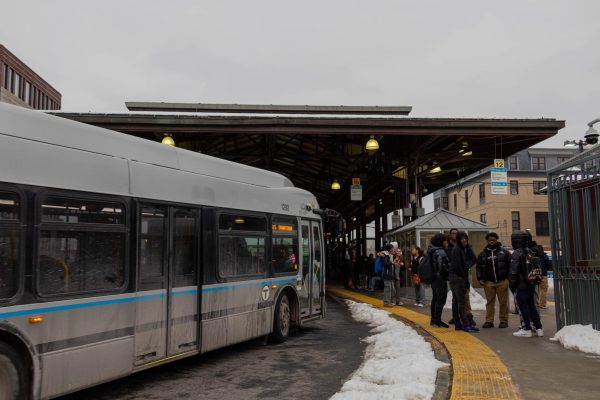
Most Roxbury residents are dependent on the notoriously unreliable public transportation. While Roxbury is a designated transportation hub, the routes don’t reach many parts of the neighborhood — leaving residents without public transportation, but with the consequential pollution.
“These communities are not very well-served, usually by public transit,” Senier said. “So they will often, unfortunately, end up with a big concentration of bus depots in their community, but the buses don’t necessarily run through those communities during the day for people to actually get to work or get home.”
The poor air quality is rivaled by a deep dedication to educating and bringing awareness to anyone willing to listen. Environmental activism has become a pillar of community engagement in Roxbury, with larger organizations like ACE leading toxic tours and fighting legal battles while student-led initiatives and smaller groups like Reclaim Roxbury spearhead grassroots activism.
Still, after years of working and great strides toward improved air quality, Roxbury’s air remains flagged for “potential environmental justice concerns,” according to the EPA’s records.
Lower-income and predominantly non-white communities suffer from “negative externalities,” such as heavy pollutant bus stations and waste dumps, Molloy said. The surplus of these negative externalities in neighborhoods like Roxbury is known as “environmental racism” — institutionalized discrimination that deprives residents of essential environmental rights like clean air, according to the National Resource Defense Council.
“Although there are other polluted neighborhoods across Boston, the air tends to be more polluted in areas where there’s increased public or affordable housing developments; obviously, this is not a coincidence,” Molloy said.
Roxbury has a 31% poverty rate compared to Boston’s 19% citywide rate and continues to pay the most in environmental tolls because of it. Community advocates say this is a result of historical disinvestment in Roxbury, along with other low-income communities. Systems that neglect the health of residents in such areas continue to be perpetuated across the nation.
“A lot of people don’t realize that for poor communities and of color communities, the greatest correlation of toxicity is race,” Miranda said.
Like most low-income and non-white communities in the United States, Roxbury is victim to a broader, systemic trend of disproportionate environmental justice concerns.
“How can we expect people living in poorly maintained public housing to break the cycle of poverty when they’re simultaneously confronting environmental issues like horrible air quality?” Molloy said.



